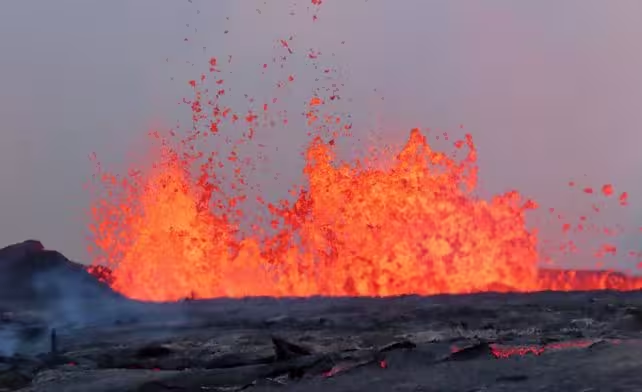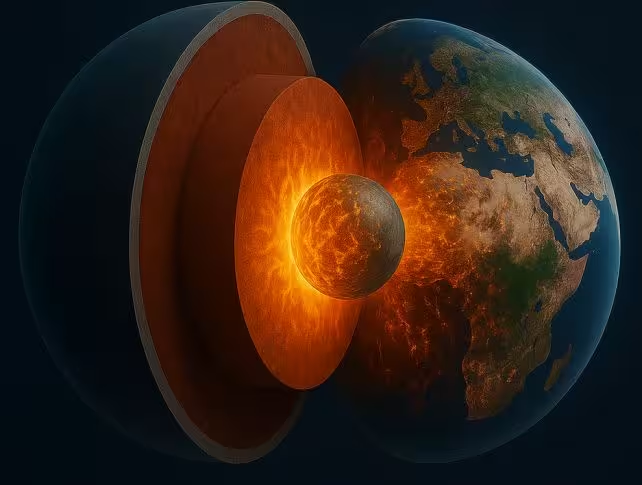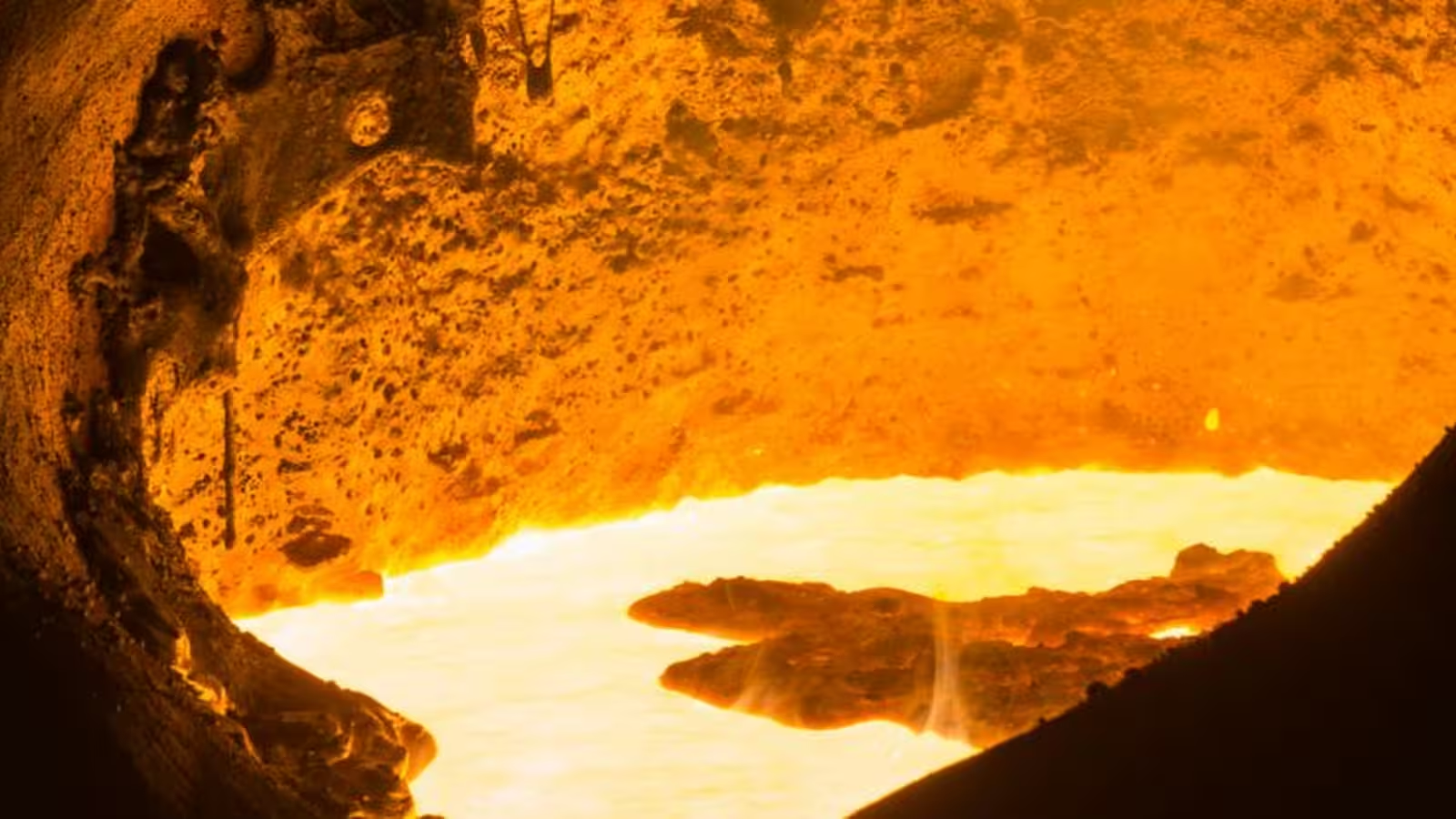4 Minutes
Unveiling a Massive Gold Reservoir at Earth's Core
A team of geochemists from Germany's Göttingen University has uncovered compelling evidence that Earth's core holds an unimaginably vast reserve of gold—much of which is gradually making its way to the surface. This revelation challenges previous assumptions about the sources of precious metals in our planet’s crust and marks a pivotal breakthrough in geological science and materials technology.
Advanced Isotope Analysis Sheds New Light
By leveraging cutting-edge isotopic analysis, researchers examined volcanic rocks from deep beneath the lithosphere—specifically on the Hawaiian islands. They found unmistakable traces of core-originating elements, including significant quantities of the rare metal ruthenium and, most notably, gold. These discoveries demonstrate that a continuous, albeit slow, migration of gold and other precious metals occurs from the Earth's core upward, transported by convecting magma through the mantle.
Why This Research Matters for Science and Technology
Gold is crucial to advanced electronics and cutting-edge technology, serving as an essential component in semiconductors, quantum computing, telecommunications hardware, and high-reliability electrical connectors. Understanding the planet's true gold reserves, and their natural migration pathways, could impact future approaches to resource management, mineral exploration, and sustainable electronics manufacturing.

How Does Gold Move from Core to Surface?
Initially, during Earth's early molten state, heavy metals like gold migrated deep toward the metallic core—a phenomenon known as the "iron catastrophe." This left only a tiny fraction of gold accessible in the crust, while an estimated 99% remained locked within the core. Subsequent meteor impacts infused more heavy metals into Earth's crust, but the majority was retained deep below.
What has perplexed scientists is quantifying how much surface gold comes from below, versus that delivered by asteroid bombardment. The answer, it seems, lies in analyzing isotopic differences between core-sourced and crustal rocks. The latest advances allow for the detection of unique isotopes, such as ruthenium-100, found with far greater abundance in volcanic rocks originating near the core-mantle boundary.
Core Elements: More Than Just Gold
The investigation didn’t just identify gold. Essential rare metals—including palladium, rhodium, platinum, and especially ruthenium—were also found to be leaking from the core. These metals, collectively known as siderophiles, are vital in the manufacturing of advanced electronics, automotive catalysts, renewable energy devices, and high-performance computing components.

Comparing Precious Metal Extraction Methods
Conventional gold mining focuses on surface or near-surface deposits, which represent just a minuscule portion of Earth’s total gold. In contrast, core-originating metals are mobilized over millions of years through mantle plumes, surfacing mainly via volcanic activity—making direct extraction from the core impossible with current technology. However, understanding these geological processes could inform the search for new ore deposits, optimize resource management, and drive innovation in mineral extraction technologies.
Potential Applications and Market Impact
For Lithuania's burgeoning technology sector and global electronics manufacturers, this research offers more than academic insight. As electronics, robotics, and digital infrastructure increasingly rely on rare and precious metals, knowing the dynamics of their natural renewal could improve long-term planning for clean energy solutions, chip manufacturing, and sustainable mining. It also enhances the accuracy of global resource assessments, impacting supply chains and pricing for raw materials in the technology market.
Insights for Earth and Beyond
These findings profoundly reshape our understanding of Earth's geological activity, showing that enormous quantities of superheated mantle rock—containing valuable metals—rise from the core-mantle boundary, eventually forming new land masses such as the Hawaiian islands. According to Göttingen University's Dr. Matthias Willbold, it also suggests that our planet’s core is far less isolated from its surface than previously believed, a discovery that could inform the study of other rocky planets and the future of planetary mining technologies.
In summary, this technological breakthrough not only highlights Earth's hidden wealth but also opens new avenues for innovation, extraction, and sustainable use of precious resources essential for digital transformation and technological advancement.


Comments